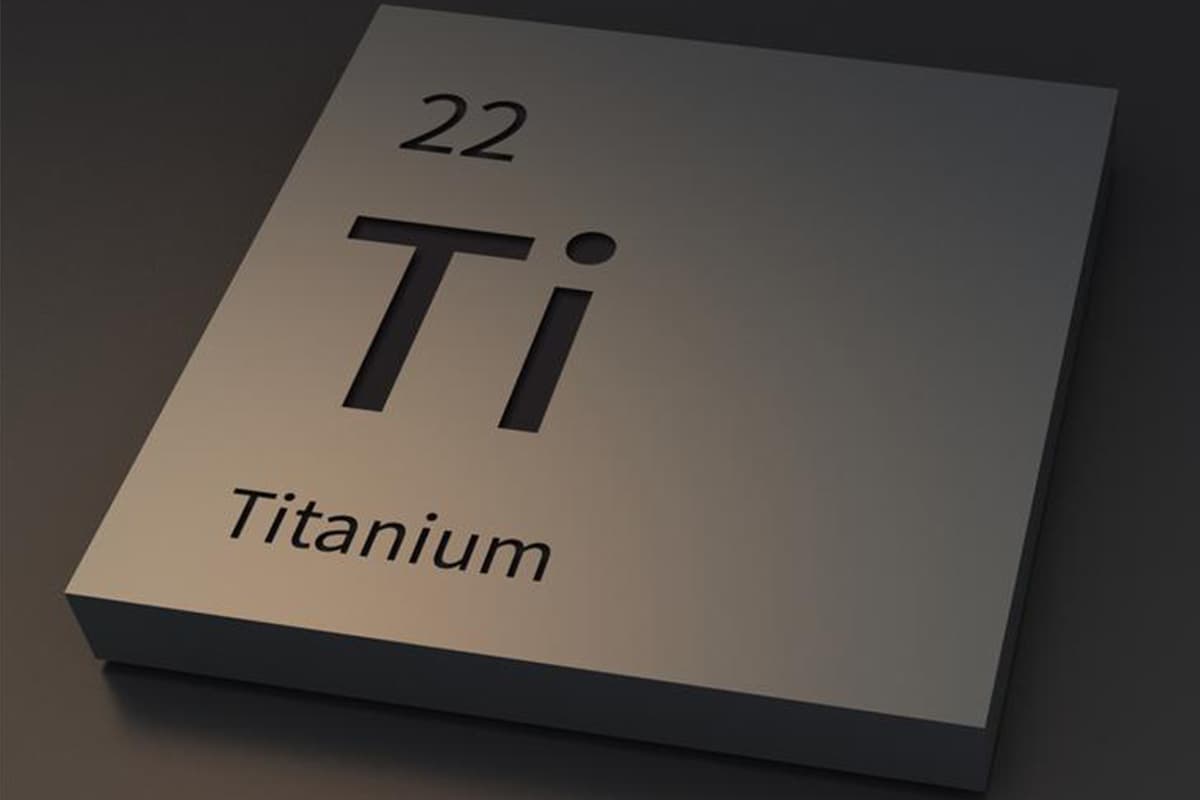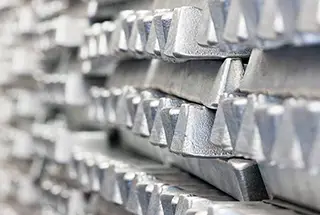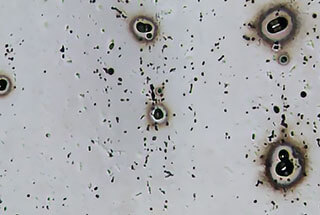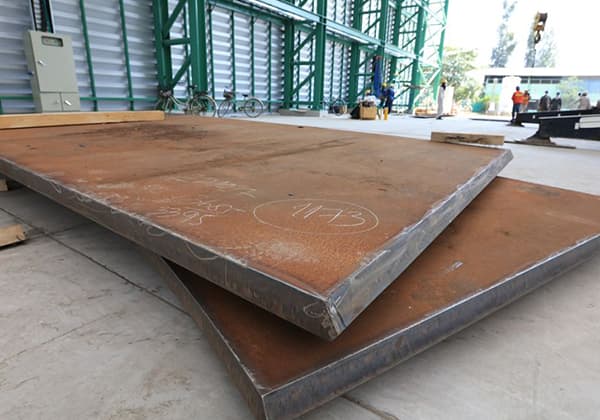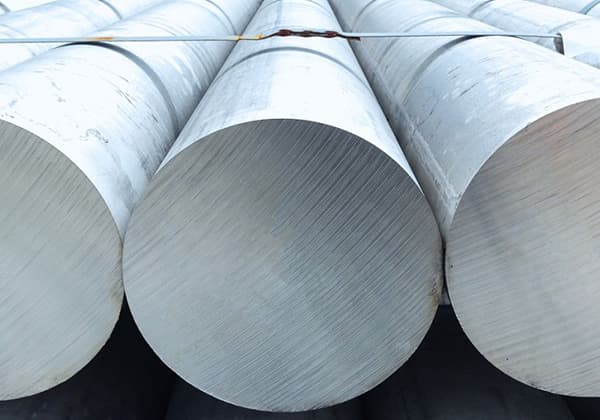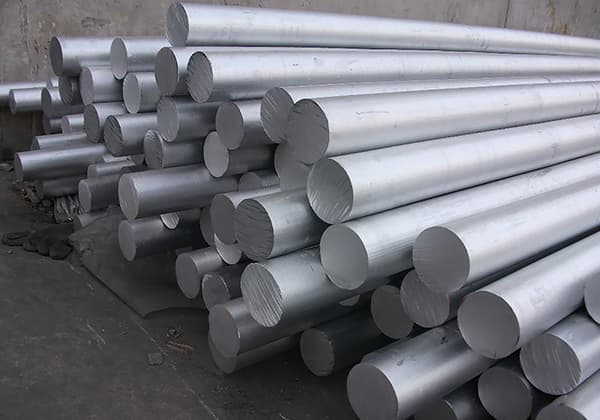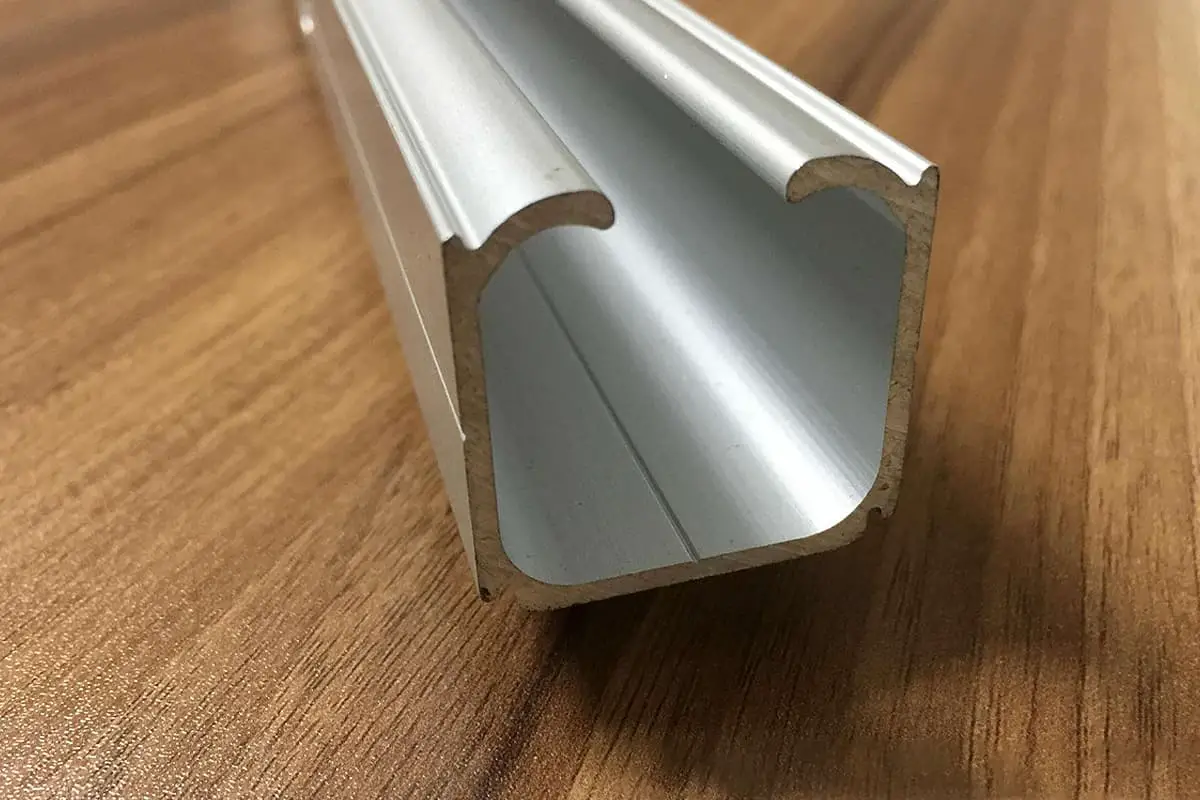
Have you ever wondered why aluminum alloys are used in everything from airplanes to kitchen utensils? This article explores the versatile applications and advancements of aluminum alloys, highlighting their unique properties like high strength, low weight, and excellent corrosion resistance. By understanding the key elements and processes behind aluminum alloys, you’ll gain insights into their critical role in industries such as aerospace, automotive, and construction. Dive in to discover how these materials shape our modern world.
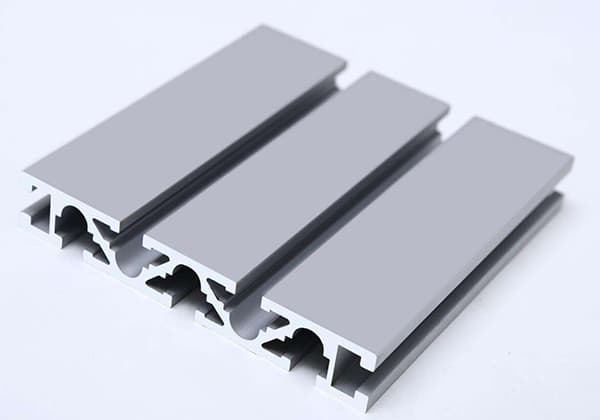
Aluminum alloy is a general term for alloys based on aluminum. The main alloying elements include copper, silicon, magnesium, zinc, and manganese, while minor alloying elements may include nickel, iron, titanium, chromium, lithium, among others.
Aluminum alloy is the most widely used category of non-ferrous metal structural materials in industrial applications. It has been extensively applied in various fields such as aviation, aerospace, automotive, machinery manufacturing, shipbuilding, and chemical industry.
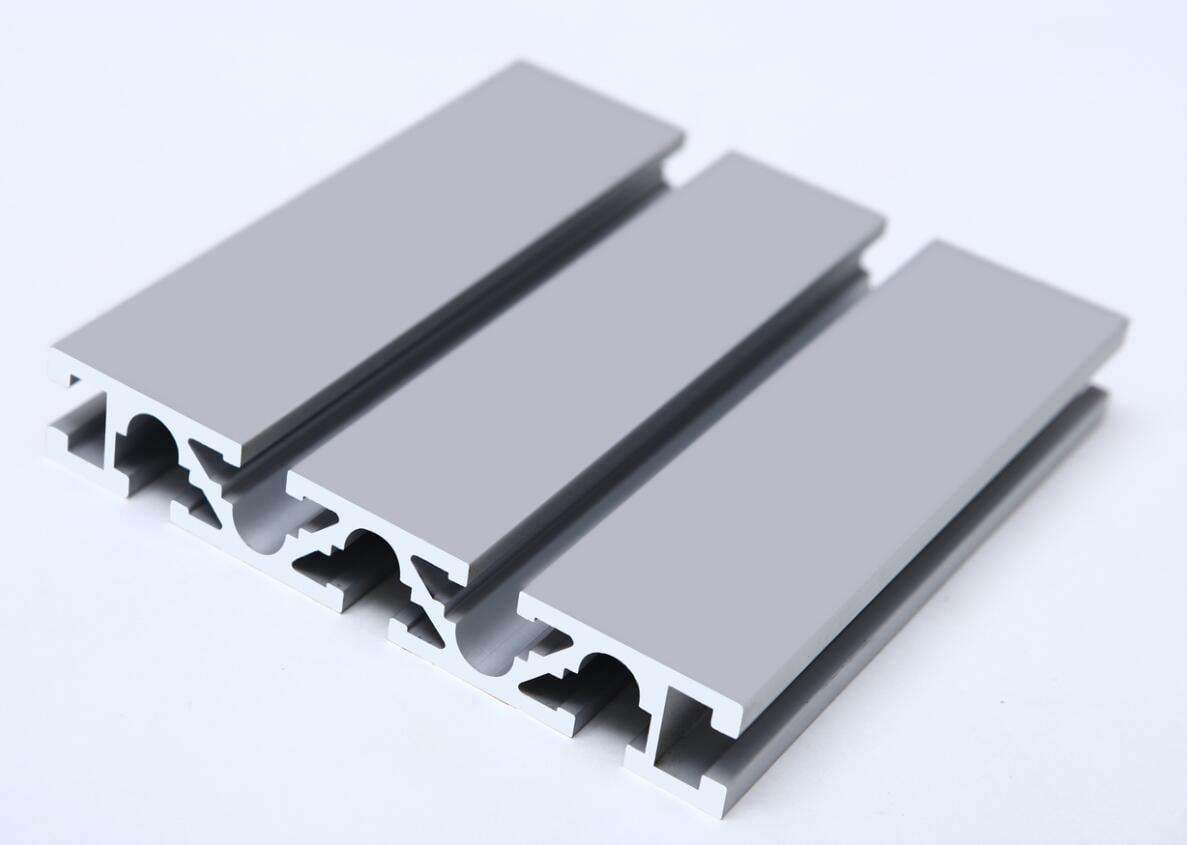
Aluminum alloy has a low density but relatively high strength, approaching or exceeding that of high-quality steel. It has good plasticity and can be processed into various profiles.
Additionally, it has excellent electrical conductivity, thermal conductivity, and corrosion resistance. As a result, aluminum alloy is widely used in industry and its usage is only second to steel.
Aluminum alloy is very common in our daily lives. Our doors, windows, beds, cookware, tableware, bicycles, cars, and more all contain aluminum alloy.
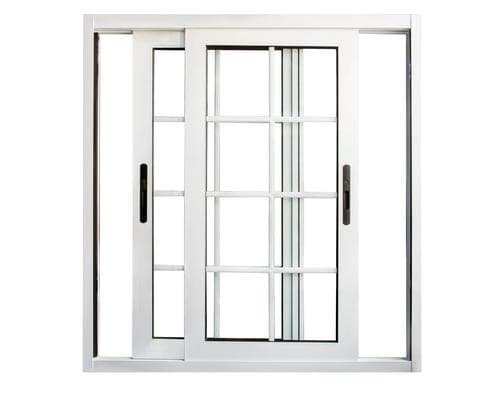
Introduction: High-strength aluminum alloy has the characteristics of light weight, high strength, good processing performance, and excellent welding performance. It is widely used in fields such as aviation industry and civil industry, especially in the aviation industry where it occupies a very important position as one of the main structural materials.
In recent decades, scholars at home and abroad have conducted extensive research on the heat treatment process and performance of high-strength aluminum alloys, made significant progress, and greatly promoted the widespread application of such materials in various aspects of aviation industry production.
Ultra-high strength aluminum alloy is mainly composed of AI-Cu-Mg and A1-Zn-Mg-Cu alloys. The former has a slightly lower static strength than the latter, but has a higher usage temperature. The AI-Cu-Mg series alloy is the earliest developed heat-treated strengthening alloy. The development of the aviation industry has promoted the improvement of this series of alloys.
The 2014 and 2024 alloys were developed in the 1920s and 1930s respectively, followed by the development of the 2618 alloy. The development of this series of alloys is more mature, and more than ten grades have been formulated. These alloys have been widely used as aviation materials and other materials.
The application of high-strength aluminum alloy in conductors
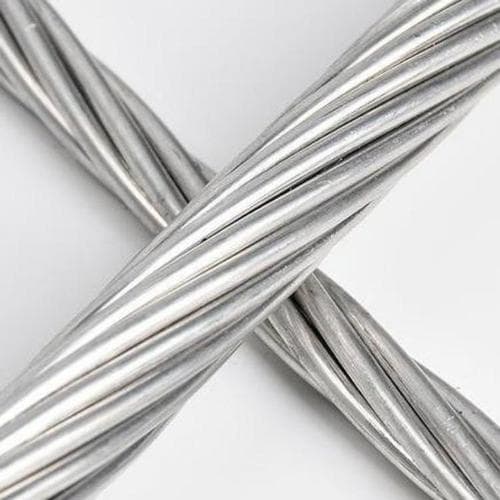
In the international community, aluminum-magnesium-silicon type high-strength aluminum alloy conductors have been used for more than 70 years. Due to its advantages and continuous improvement in production technology, it has become more practical. In Europe, represented by France, it is widely used in transmission lines, accounting for the vast majority of the total length of lines.
Over 50% of transmission lines in Japan use aluminum alloy. The United States and Canada also have a large proportion. Even developing countries in Southeast Asia such as India, Indonesia, and the Philippines also use aluminum alloy for conductor transmission lines.
Development trend of ultra-high strength aluminum alloy
Ultra-high strength aluminum alloy is an important lightweight high-strength structural material with broad application prospects. Currently, the following aspects need to be worked on:
1. Composite micro-alloying is an important direction for the toughening of aluminum alloys, and research and development should be carried out in-depth and systematically;
2. Improve traditional ingot metallurgy preparation technology and develop advanced spray forming preparation processes to obtain high-quality ingot structure, and so on.
Ultra-high strength aluminum alloy is developing towards high specific strength, high specific modulus, high damage tolerance, and corrosion resistance. Purification smelting and advanced billet production technology are prerequisites for development, and toughening theory is the foundation.
On the basis of the existing strengthening theory, firstly, combining micromechanics theory with microcrystal defect theory to improve the level of alloy composition optimization design;
Secondly, developing a multi-level and multiphase comprehensive toughening theory, using microalloying to explore the potential of alloys, improve alloy performance, and develop new types of aluminum alloys;
Thirdly, precisely controlling the microstructure of alloys to form precise control theory of structure and performance and develop ultra-high strength aluminum alloys with better comprehensive performance.
The development trend of high-strength aluminum alloy.
High-strength aluminum alloy is an important lightweight high-strength structural material with broad application prospects. The application of aluminum and aluminum alloys is challenged by titanium and titanium alloys and composite materials, but their position as the main structural material remains basically unchanged.
Currently, the development trend of high-strength aluminum alloys is carried out in the following aspects:
(1) Composite micro-alloying, adding trace transition elements and rare earth elements, to develop various new high-strength aluminum alloys that meet different needs.
(2) Improving traditional ingot metallurgy preparation technology, using and researching various advanced molten purification and modification treatment methods to improve the metallurgical quality of ingots.
(3) In-depth study of the heat treatment process of alloys in a high solute state, studying the precipitation strengthening mechanism of alloy solid solution treatment and multi-level and multi-phase aging precipitation under different conditions, improving the supersaturated solubility of the alloy matrix, increasing the volume fraction of precipitated phases, and optimizing the matching of MPt, GBP, and PEZ to achieve high strength, high toughness, and good corrosion resistance of the alloy.
Application and Existing Issues of Rapidly Solidified Heat-Resistant Aluminum Alloys
The ultimate goal of developing rapidly solidified heat-resistant aluminum alloys is to replace titanium alloys in aircraft parts. In recent years, research results have shown that significant progress has been made in this area, and some properties of rapidly solidified heat-resistant aluminum alloys are already comparable to or even better than certain titanium alloys.
Rapidly solidified heat-resistant aluminum alloys have been successfully used to manufacture compressor blades and vanes, turbines, heat sinks, and other components in gas turbine engines. They can also be used to produce certain parts for rockets and spacecraft.
When rapidly solidified heat-resistant aluminum alloys are used to manufacture aircraft components, the cost is generally only 30% to 50% of that of titanium alloys, while the weight of the aircraft can be reduced by about 15%. If its heat resistance is further improved, the range of applications will be expanded.
Research Directions for Heat-Resistant Aluminum Alloys in the Future
The future research directions for rapid solidification heat-resistant aluminum alloys will mainly focus on the following aspects:
Developing new low-cost rapid solidification processes. Compared with the RS/PM process, the spray deposition rapid solidification process simplifies the production process, avoids the problem of interface oxidation of original powder particles, and can improve the toughness of the alloy while reducing production costs.
Therefore, the spray deposition rapid solidification process should be further improved for practical application.
Further research on the heat resistance mechanism of the alloy, including the role of the over-saturated matrix during the heating process.
Studying the causes of temperature embrittlement in the alloy and finding solutions to further improve its toughness.
Composite materials are materials with strong vitality emerged to meet the needs of modern scientific development. They are composed of two or more materials with different properties, combined by various technological means.
Composite materials can be divided into three categories: Polymer-based composites (PMCs), Metal-based composites (MMCs), and Ceramic-based composites (CMCs).
The matrix of metal-based composites is mainly aluminum, nickel, magnesium, titanium, etc. Aluminum has many characteristics in making composite materials, such as light weight, small density, good plasticity, easy-to-master composite technology, and easy processing.
In addition, aluminum-based composites have high specific strength and specific stiffness, good high-temperature performance, better fatigue resistance and wear resistance, excellent damping performance, and low coefficient of thermal expansion.
Like other composite materials, it can combine specific mechanical and physical properties to meet the needs of products. Therefore, aluminum-based composites have become one of the most commonly used and important materials among metal-based composites.
Main Types and Application Overview.
According to the different types of reinforcement, aluminum-based composites can be divided into fiber-reinforced aluminum-based composites and particle-reinforced aluminum-based composites.
Fiber-reinforced aluminum-based composites have a series of excellent properties such as high specific strength, high specific modulus, good dimensional stability, etc., but they are expensive.
Currently, they are mainly used in the aerospace field as structural materials for spacecraft, artificial satellites, space stations, etc. Particle-reinforced aluminum-based composites can be used to manufacture structural materials for satellites and aerospace, aircraft components, metal mirror optical systems, automotive components;
In addition, they can also be used to manufacture microwave circuit components, precision parts for inertial navigation systems, turbocharger propulsors, electronic packaging devices, etc.
The basic components of aluminum-based composites are:
Aluminum and its alloys are suitable as matrices for metal matrix composites. The reinforcement of aluminum-based composites can be continuous fibers, short fibers, or particles ranging from spherical to irregular shapes.
Currently, the particle-reinforcement materials for aluminum-based composites include SiC, AL2O3, BN, and so on. Intermetallic compounds such as Ni-Al, Fe-Al, and Ti-Al have also been used as reinforcing particles.
Performance of Aluminium-based Composite Materials.
1. Low density.
2. Good dimensional stability.
Strength, modulus and plasticity. The addition of reinforcements in aluminium-based composite materials increases their strength and modulus while decreasing their plasticity.
4. Wear resistance.
High wear resistance is one of the characteristics of aluminium-based composite materials (reinforced with SiC or Al2O3).
5. Fatigue and fracture toughness.
The fatigue strength of aluminium-based composite materials is generally higher than that of the base metal, while the fracture toughness decreases. The main factors affecting the fatigue performance and fracture of aluminium-based composite materials are the interface bonding state between the reinforcement and the matrix, the properties of the matrix and the reinforcement itself, and the distribution of the reinforcement in the matrix.
6. Thermal performance.
Thermal expansion mismatch between the reinforcement and the matrix is difficult to avoid in any composite material.
In order to effectively reduce the thermal expansion coefficient of composite materials and keep them thermally matched with semiconductor materials or ceramic substrates, low-expansion alloys are often used as matrices and composite materials with high volume fractions of particles of different sizes are prepared.
Table 1 Performance of Common Reinforcement Materials
| Fiber or particle name | Density | Tensile strength | Elastic modulus |
| ρ (g·cm-1) | σb/GPa | E/GPa | |
| Glass fiber (high modulus) | 2.5-2.6 | 3.8-4.6 | 93-108 |
| Carbon fiber (high modulus) | 1.75-1.95 | 2.3~2.9 | 275-304 |
| Boron fiber | 2.5 | 2.8-3.1 | 383-392 |
| Aramid fiber | 1.43-1.46 | 5 | 134 |
| Al2O3 fiber | 3.97 | 2.1 | 167 |
| SlC fiber | 3.18 | 3.4 | 412 |
| SlC whiskers | 3.19 | 3-14 | 490 |
| Al2O3 particles | 3.95 | 0.76 ( σ tc) | 400 |
| Matrix alloy | SiCp (volume fraction) /% | E /GPa | σ0. 2 /MPa | σb /MPa | δ /% |
| 6061 | 0 15 20 25 30 40 | 68 96 103 113 120 144 | 275 400 413 427 434 448 | 310 455 496 517 551 586 | 12 7.5 5.5 4.5 3.0 2.0 |
| 2124 | 0 20 25 30 40 | 71 103 113 120 151 | 420 400 413 441 517 | 455 551 565 593 689 | 9 7.0 5.6 4.5 1.1 |
Applications of Aluminium-based Composite Materials.
(1) Applications of Aluminium-based Composite Materials in the Automotive Industry.
The research on the application of aluminium-based composite materials in the automotive industry began earliest. In the 1980s, Toyota successfully prepared engine pistons using composite materials.
In the United States, particle-reinforced aluminium-based composite materials were developed to manufacture automotive brake discs, which reduced weight, improved wear resistance, significantly reduced noise, and had fast frictional heat dissipation.
The company also used particle-reinforced aluminium-based composite materials to manufacture automotive components such as engine pistons and gearboxes.
The gearbox made of composite materials has significant improvements in strength and wear resistance compared with the aluminium alloy gearbox. Aluminium alloy composites can also be used to manufacture brake rotors, brake pistons, brake pads, calipers and other brake system components.
Aluminium-based composite materials can also be used to manufacture automotive parts such as drive shafts and rocker arms.
(2) Applications of Aluminium-based Composite Materials in the Aerospace Industry
The development of modern science and technology has put forward increasingly higher requirements for material performance, especially in the aerospace field where lightweight, flexible, and high-performance aircraft and satellites need to be manufactured. Aluminum-based composite materials can meet these requirements.
By using the investment casting process to develop composite materials, the material can replace titanium alloy to manufacture large-diameter and heavy-weight camera lens brackets for airplanes, significantly reducing their cost and weight while improving thermal conductivity.
At the same time, this composite material can also be used to manufacture support brackets for satellite reaction wheels and directional frames.
(3) Applications in electronics and optical instruments
Aluminum-based composite materials, especially reinforced aluminum-based composite materials, are suitable for manufacturing electronic equipment lining materials, heat sinks and other electronic components due to their advantages of low coefficient of thermal expansion, low density, and good thermal conductivity.
The thermal expansion coefficient of particle-reinforced aluminum-based composite materials can completely match that of electronic device materials, and they also have excellent electrical and thermal conductivity. In terms of research on the application of precision instruments and optical instruments, aluminum-based composite materials are used to manufacture components such as the support frame and secondary mirror of telescopes.
In addition, aluminum-based composite materials can also be used to manufacture precision parts for inertial navigation systems, rotating scanning mirrors, infrared observation mirrors, laser mirrors, laser gyroscopes, reflectors, mirror bases, and optical instrument brackets for many precision instruments and optical instruments.
(4) Application in sports equipment.
Aluminum-based composites can be used to make tennis rackets, fishing rods, golf clubs and skis as a substitute for wood and metal materials. The bicycle chain gears made with particle-reinforced aluminum-based composites are lightweight, rigid, and not easily bent or deformed, with better performance than aluminum alloy chain gears.
Silicon carbide particle reinforced aluminum-based composites.
The most promising aluminum-based composite material is silicon carbide particle reinforced aluminum-based composites.
Silicon carbide particle reinforced aluminum-based composites are widely recognized as one of the most competitive types of metal matrix composite materials.
Although its mechanical properties, especially strength, are not comparable to continuous fiber composites, it has significant cost advantages and is easier to prepare with more flexible and diverse preparation methods. It can also be secondarily processed using traditional metallurgical equipment, making it easy to achieve mass production.
In the 1990s, after the end of the Cold War, due to the reduction in investment in the defense industry by various countries, even high-tech fields such as aerospace found it increasingly difficult to accept the high cost of fiber-reinforced aluminum-based composites.
Therefore, particle-reinforced aluminum-based composites have once again received widespread attention. Especially in recent years, as a key load-bearing component, it has finally found its way onto advanced aircraft, and its application prospects are becoming more optimistic, which has led to a resurgence in research and development work.
Development trends and directions
Currently, the main problem faced by aluminum-based composites is high manufacturing costs, especially for fiber-reinforced aluminum-based composites.
With further research into the bonding theory between the reinforcement and matrix, as well as the continuous development of lower-cost reinforcements and preparation processes, coupled with the recycling of waste materials, aluminum-based composites will maintain excellent performance while also becoming more cost-effective, making its application fields increasingly broad.
The development directions of aluminum alloys are:
The addition of appropriate rare earth elements to aluminum alloys can have a refining effect, including:
Rare earths have a refining effect on aluminum alloys.
Rare earths have a modification effect on aluminum-silicon alloys.
Rare earth aluminum alloys are an ideal material to replace copper in the manufacturing of wires and cables. The aluminum ingots produced by Chinese smelters have high silicon content due to the influence of natural resources, and silicon is the main harmful impurity that affects conductivity.
In the past, the electrical conductivity of aluminum wires produced in China often failed to meet the standards of the International Electrotechnical Commission, which became a long-standing problem for the aluminum wire industry.
Chinese scientists have solved this problem with the help of rare earths. They were the first in the world to use trace amounts of rare earths to treat aluminum liquid, allowing it to form silicon compounds with silicon precipitation at grain boundaries.
In addition, the microalloying effect of rare earths overcomes the harmful effects of silicon, significantly improving the conductivity. Rare earths can also refine grains and strengthen the matrix, improving the mechanical strength and processing performance of wires and cables.
As a result, the electrical conductivity of Chinese-made aluminum wires and cables is not only slightly higher than the standards of the International Electrotechnical Commission, but the mechanical strength has also increased by 20%, corrosion resistance has doubled, and wear resistance has increased by about 10 times.
This has completely changed the backwardness of Chinese aluminum wire and cable production, bringing the products to the international advanced level.
Actually, our group found the research report on aluminum alloys organized by the college to be very meaningful and necessary.
Through self-study, we have gained some insights that we did not have before in conducting the project report.
First, we learned the method of self-learning which will accompany us into society;
second, we learned how to collect and organize information;
third, we learned what teamwork is and understood the importance of unity and cooperation. We did not have much understanding of these before, but through these learning activities, we now know better.
At first, I didn’t know what aluminum alloy was. I only knew that it was used in many places in life, but I didn’t know its properties and classification. Now I know, and I learned about it through self-study in the project report.


